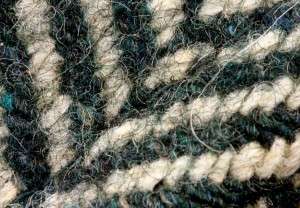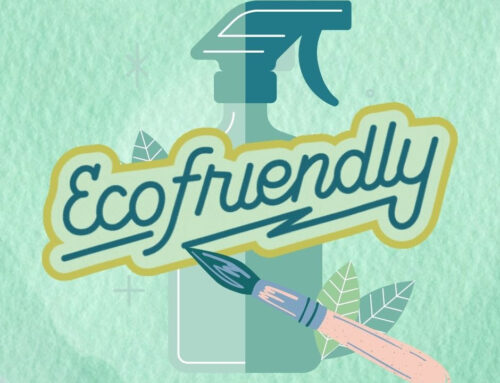3 Tips to Maintain Commercial Carpets
Are you interested in extending the life of your building’s carpets?
In this article, we will discuss three easy tips that can extend the life of your building’s carpets as well as maintain the vibrance and durability.
Keeping carpets clean and free from spots/stains is a key task for janitorial companies in commercial buildings. However, being knowledgeable about the products and systems used on your building’s carpets is greatly beneficial for every property manager, particularly to avoid permanent, irreversible damage.
#1 Avoid the Hype – Ask for a List of Chemicals
Many products on the market claim to remove stains, spills and odors, however, they end up simply masking the odors or driving the stain deeper. As a result, stains can re-appear looking worse than before leading to permanent damage. Asking for a list of chemicals and supplies from your janitorial provider that explains what type of chemicals are used for different procedures and what results can be expected, can save you from problems in the long run.
#2 Use Water Extraction Rather than Steam or Dry Cleaning
There are many methods of carpet cleaning in the industry today. Here is a brief description on some common carpet cleaning processes:
- Water Extraction
- Use of equipment that sprays hot or cold water, with added cleaning solutions (i.e. accelerated hydrogen peroxide), on the carpet while simultaneously vacuuming/removing the sprayed water along with any dislodged and dissolved dirt. Many carpet manufacturers recommend professional water extraction as the most effective carpet cleaning method. Actual steam could damage man-made carpet fibers or shrink natural fibers such as wool.
- Steam Cleaning
- Companies use water that is heated by large water heaters in their trucks to heat a solution of water and carpet shampoo. This solution is then sprayed into the carpet until it is saturated, then
 extracted by a vacuum. This method removes most stains, kills dust mites and removes dander. Steam cleaning, however, can take up to eight hours to dry and the cleaning may leave some residual shampoo in the carpet that causes it to appear dirty faster in the future.
extracted by a vacuum. This method removes most stains, kills dust mites and removes dander. Steam cleaning, however, can take up to eight hours to dry and the cleaning may leave some residual shampoo in the carpet that causes it to appear dirty faster in the future.
- Companies use water that is heated by large water heaters in their trucks to heat a solution of water and carpet shampoo. This solution is then sprayed into the carpet until it is saturated, then
- Foam Dry Cleaning
- Even “dry” carpet cleaning methods use water, but the drying time is greatly reduced with dry carpet cleaning methods. Foam dry cleaning uses machines with rotating brushes to push a foam of carpet shampoo into the fibers. It is then removed using a high-powered vacuum. Carpets cleaned with the dry foam method generally dry in under an hour. Like steam cleaning, most stains are removed but some shampoo residue may be left behind. In addition, the brushes may damage fragile carpet fibers and shorten the life of your carpets.
- Dry Cleaning with Granules
- The driest of the professional carpet cleaning methods currently available is dry cleaning with granules. Companies who use this method have machines with rotating brushes that apply the granules. They are worked into the carpet where they loosen dirt. Both the granules and the dirt is then vacuumed. This method does not kill dust mites or mold and may damage carpets. However, it has no drying time and removes many stains as well as traditional steam cleaning.
Janitorial cleaning companies that integrate green initiatives into their cleaning program will most likely utilize a water extraction method, specifically using accelerated hydrogen peroxide as the cleaning agent; many products that utilize accelerated hydrogen peroxide are GreenSeal certified.
#3 Use Doormats/Entrance Mats
 The humble doormat does wonders to reduce the amount of sand and dirt tracked into the building. The U.S. Green Building Council recommends to install at least 10 feet of entrance matting to further eliminate dirt, sand, and other debris from entering the building. For more information on the benefits of installing entrance mats, please visit SparkleTeam’s article, Benefits of Commercial Entry Way Mats.
The humble doormat does wonders to reduce the amount of sand and dirt tracked into the building. The U.S. Green Building Council recommends to install at least 10 feet of entrance matting to further eliminate dirt, sand, and other debris from entering the building. For more information on the benefits of installing entrance mats, please visit SparkleTeam’s article, Benefits of Commercial Entry Way Mats.
Was this article helpful?




